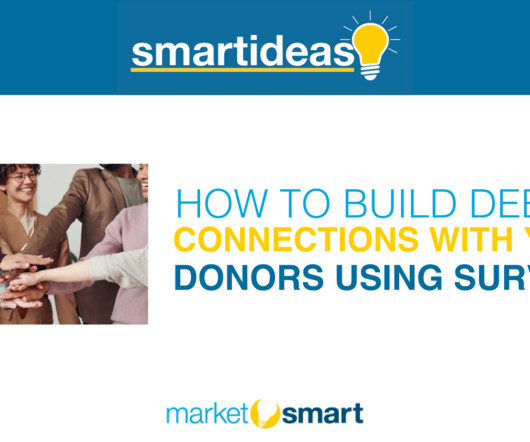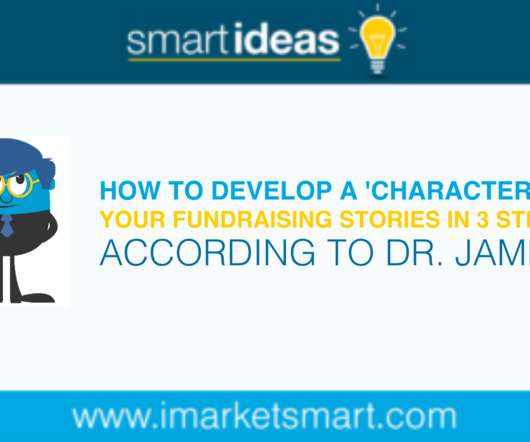The Psychology Behind Giving: Motivating Members to Become Donors
Bloomerang
JUNE 6, 2024
Understanding what flips the switch for your members to transform them from participants to passionate donors is the key to boosting your fundraising efforts. Empowering donors: Creating impact with every contribution Members convert into donors when they realize their power to effect change.












Let's personalize your content